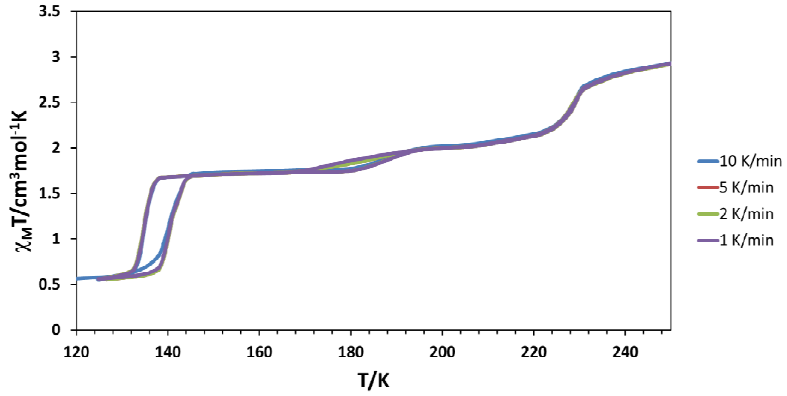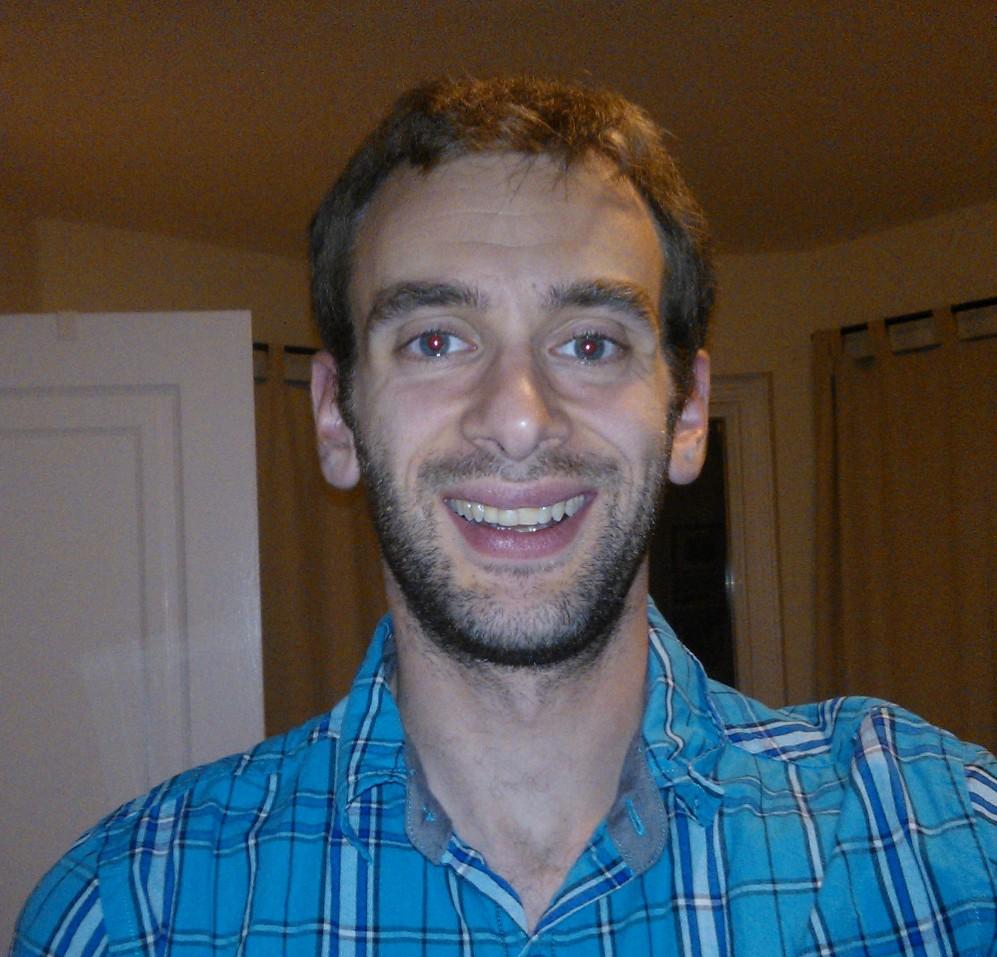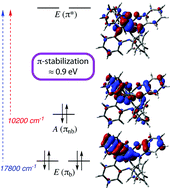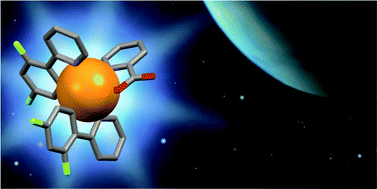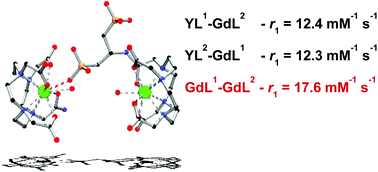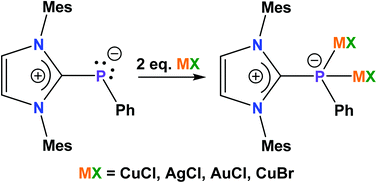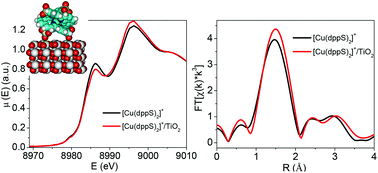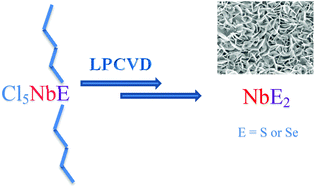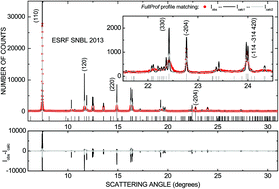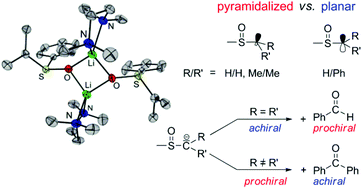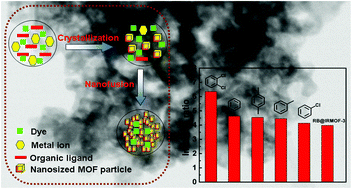Enjoy a read of our end of year HOT articles which are free to access for 4 weeks only!
Our HOT articles have also been compiled into a collection and are available for viewing on our website.
A theoretical study of the aromaticity in neutral and anionic borole compounds
J. Oscar C. Jimenez-Halla, Eduard Matito, Miquel Solà, Holger Braunschweig, Christian Hörl, Ivo Krummenacher and Johannes Wahler
Dalton Trans., 2015, Advance Article
DOI: 10.1039/C4DT03445G
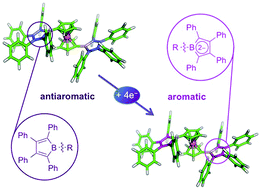
Free to access until 6th February 2015
High performing smart electrochromic device based on honeycomb nanostructured h-WO3 thin films: hydrothermal assisted synthesis
Vijay V. Kondalkar, Sawanta S. Mali, Rohini R. Kharade, Kishorkumar V. Khot, Pallavi B. Patil, Rahul M. Mane, Sipra Choudhury, Pramod S. Patil, Chang K. Hong, Jin H. Kim and Popatrao N. Bhosale
Dalton Trans., 2015, Advance Article
DOI: 10.1039/C4DT02953D
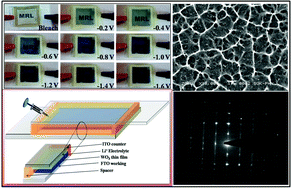
Free to access until 6th February 2015
Application of three-coordinate copper(I) complexes with halide ligands in organic light-emitting diodes that exhibit delayed fluorescence
Masahisa Osawa, Mikio Hoshino, Masashi Hashimoto, Isao Kawata, Satoshi Igawa and Masataka Yashima
Dalton Trans., 2015, Advance Article
DOI: 10.1039/C4DT02853H

Free to access until 6th January 2015
Na0.3WO3 nanorods: a multifunctional agent for in vivo dual-model imaging and photothermal therapy of cancer cells
Yuxin Zhang, Bo Li, Yunjiu Cao, Jinbao Qin, Zhiyou Peng, Zhiyin Xiao, Xiaojuan Huang, Rujia Zou and Junqing Hu
Dalton Trans., 2015, Advance Article
DOI: 10.1039/C4DT02927E

Free to access until 6th January 2015
Transmetalation from B to Rh in the course of the catalytic asymmetric 1,4-addition reaction of phenylboronic acid to enones: a computational comparison of diphosphane and diene ligands
You-Gui Li, Gang He, Hua-Li Qin and Eric Assen B. Kantchev
Dalton Trans., 2015, Advance Article
DOI: 10.1039/C4DT03147D
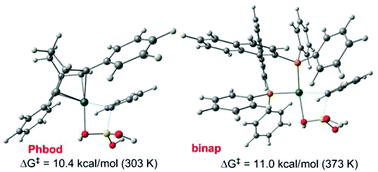
Free to access until 1st January 2015
A contribution to the rational design of Ru(CO)3Cl2L complexes for in vivo delivery of CO
João D. Seixas, Marino F. A. Santos, Abhik Mukhopadhyay, Ana C. Coelho, Patrícia M. Reis, Luís F. Veiros, Ana R. Marques, Nuno Penacho, Ana M. L. Gonçalves, Maria J. Romão, Gonçalo J. L. Bernardes, Teresa Santos-Silva and Carlos C. Romão
Dalton Trans., 2015, Advance Article
DOI: 10.1039/C4DT02966F
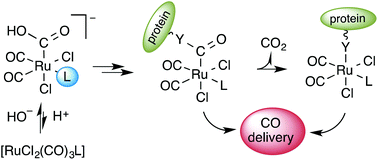
Free to access until 1st January 2015
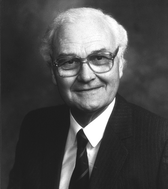











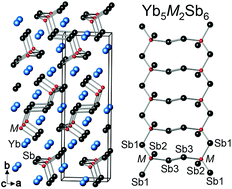
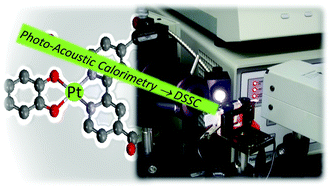
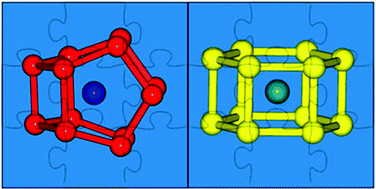



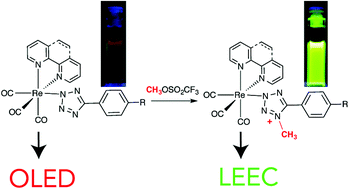
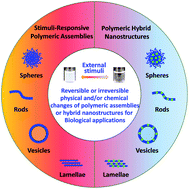
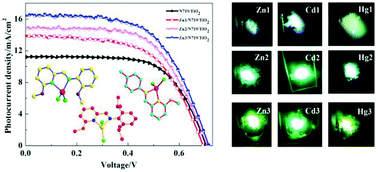
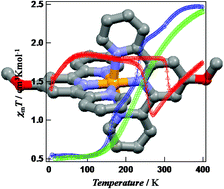
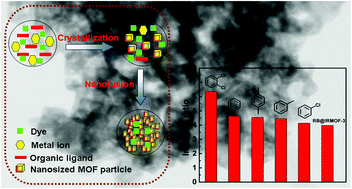
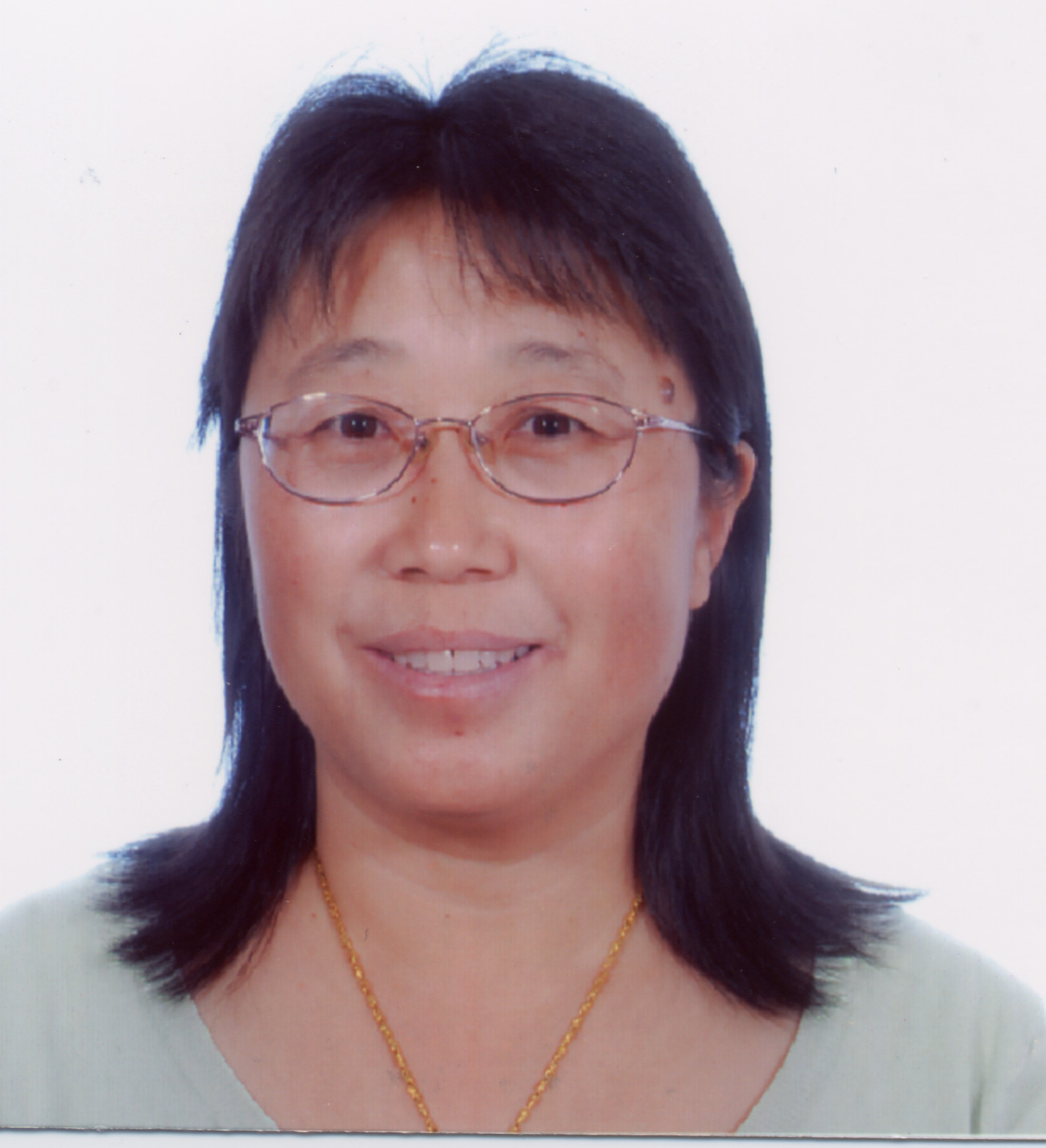 Recent articles by Professor Feng in Dalton Transactions include:
Recent articles by Professor Feng in Dalton Transactions include:





